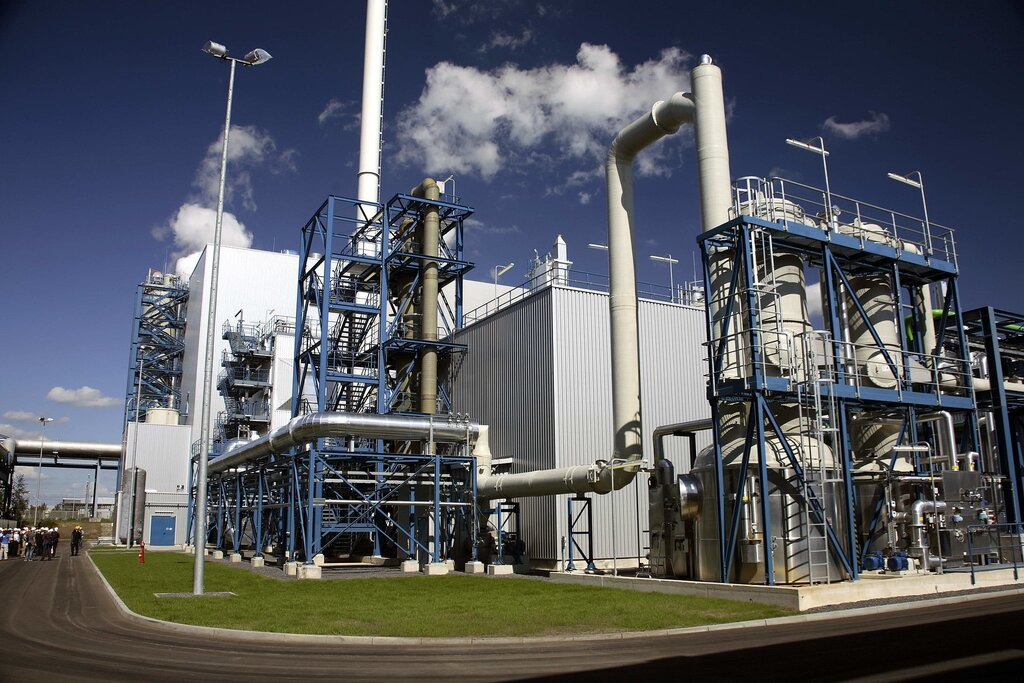
Tackling climate change requires more than just shifting to renewable energy. For many heavy industries, such as steel, cement, and chemicals, carbon emissions are deeply embedded in their processes. These sectors face unique challenges in decarbonizing, which is why large-scale carbon capture has become a vital part of global climate strategies.
Carbon capture at scale involves removing vast amounts of CO₂ from industrial emissions and power generation. While the concept is well established, scaling the technology across industries and regions requires overcoming technical, economic, and regulatory hurdles. Let’s explore how carbon can be captured effectively and affordably at scale, and highlight some of the breakthrough technologies making it possible.
Understanding Carbon Capture
Carbon capture, utilization, and storage (CCUS) is a process that traps CO₂ emissions before they reach the atmosphere. The captured CO₂ can then be transported and either stored deep underground in geological formations or repurposed for commercial use.
The process typically involves three steps:
- Capture: Extracting CO₂ from flue gases or ambient air
- Transport: Moving the CO₂, usually via pipeline or tanker
- Storage or Utilization: Injecting CO₂ into underground reservoirs or using it to produce fuels, chemicals, or building materials
Among these steps, carbon capture is the most technically complex and cost-intensive. To scale effectively, this part of the process must become more efficient and affordable.
Advanced Solvent Technologies
Solvent-based carbon capture is one of the most established and scalable approaches. In this method, flue gas is passed through a liquid solvent that selectively absorbs CO₂. The CO₂-rich solvent is then heated to release the CO₂ for storage or reuse, and the solvent is recycled.
Traditionally, amine-based solvents have been used, but they come with energy penalties and operational limitations. Recent innovations have led to the development of next-generation solvents that offer higher CO₂ absorption, lower regeneration energy, and longer life spans.
One such example is the disopa CO2 solvent, developed to improve the efficiency and scalability of carbon capture in industrial settings. This solvent technology significantly reduces the overall energy footprint and cost of carbon capture, making it a more viable option for widespread adoption.
Modular Carbon Capture Units
Modularity is another key enabler of scaling. Instead of building massive, custom facilities, modular carbon capture units can be deployed quickly and efficiently across different sites. These smaller, prefabricated units are easier to install and integrate into existing infrastructure, allowing industries to begin capturing emissions without a complete overhaul.
This approach not only accelerates deployment but also lowers upfront capital costs. It makes the technology more accessible for small and mid-sized facilities that previously found carbon capture out of reach.
Policy and Incentives
Scaling carbon capture also requires strong government support. Policies like tax credits, carbon pricing, and grants can incentivize adoption. For example, the U.S. 45Q tax credit offers financial benefits to companies that capture and store CO₂, encouraging investment in capture technologies.
In addition, collaboration between public and private sectors is essential. These partnerships help fund research, reduce financial risks, and build the infrastructure needed to transport and store captured CO₂.
Conclusion
Capturing carbon at scale is no longer a distant goal. It is a present necessity. Through advanced solvent technologies, modular systems, and supportive policy frameworks, the vision of large-scale carbon capture is becoming increasingly achievable. With continued innovation and investment, this critical technology can play a central role in the global effort to reach net zero.